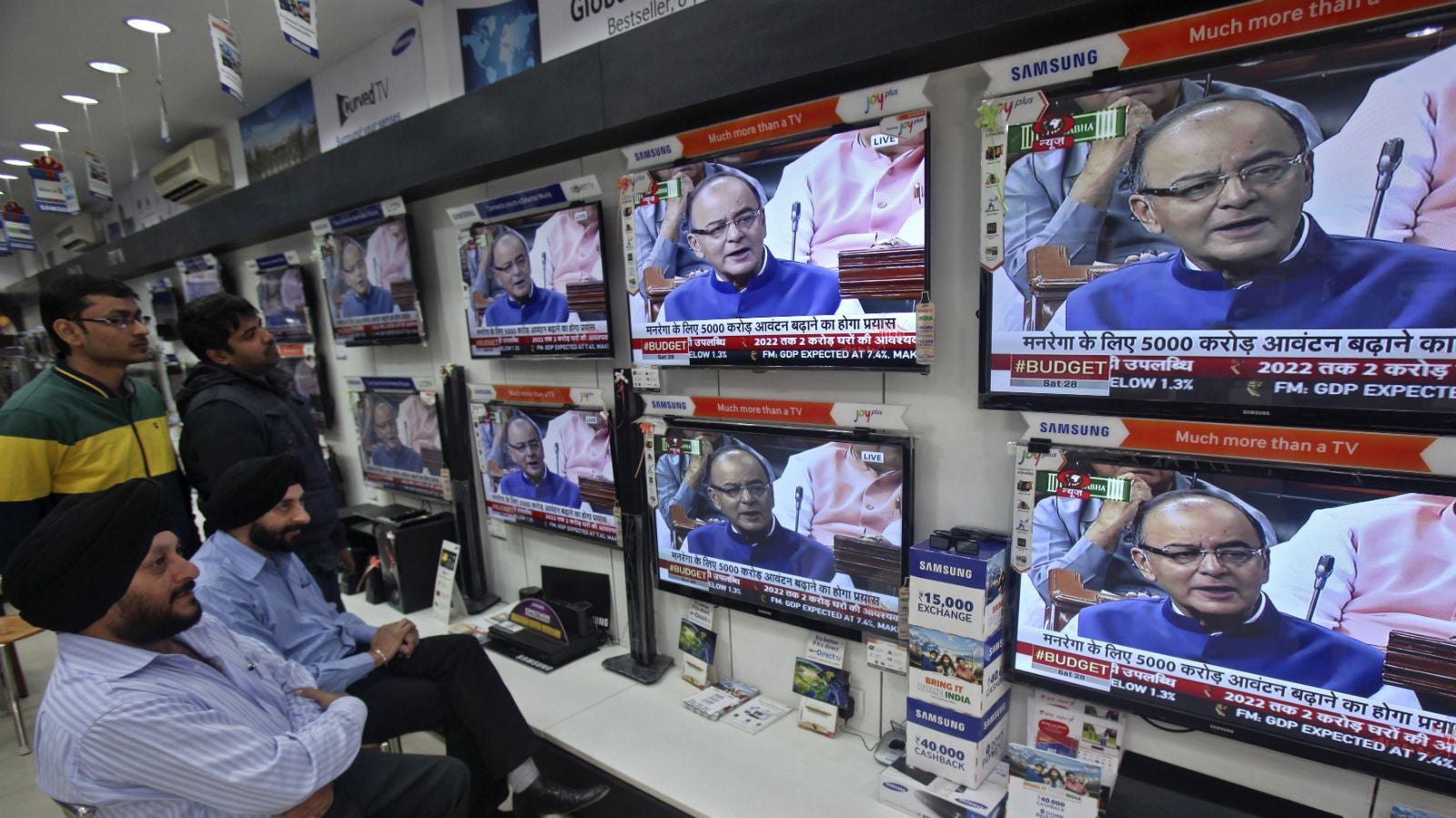Here’s what India Inc. has to gain from Narendra Modi’s budget
The Narendra Modi government’s first full-year budget is balanced and promising, focusing on four key areas: Infrastructure, manufacturing, black money and taxation.


The Narendra Modi government’s first full-year budget is balanced and promising, focusing on four key areas: Infrastructure, manufacturing, black money and taxation.
Infrastructure
Finance minister Arun Jaitley has planned to raise investments by Rs70,000 crore over the previous financial year. Also, the government has proposed a National Investment and Infrastructure Fund, promising an annual flow of Rs20,000 crore. India’s defunct public-private-partnership model has been promised a revamp. In all, these measures would not only give a definitive boost to infrastructure growth, but would also attract much required investment in this sector.
Manufacturing
Jaitley announced custom duty cuts for 22 items, which constitute raw material and intermediary goods, while abolishing Special Additional Duty (SAD) on imports. For the free flow of technology both in the manufacturing and infrastructure, royalty and fee for technical services have been reduced from 25% to 10%.
This is clearly in line with the “Make In India” objective of the Modi government, as it attempts to transform India into a major manufacturing hub. Duty cuts in raw material and SAD abolition would also help in doing away with the inverted duty structure i.e. where the input tax is more than the output tax, resulting in inability of the manufacturer to fully utilise input tax for setting off against his output excise duty liability. Consequently, the input tax credit, instead of being a pass through, becomes a cost to the manufacturing process.
Black money
The finance minister also underscored the necessity of curbing black money, both in India and abroad, and proposed prosecution, heavy penalty and long-term imprisonment under a new law.
Taxation
On the indirect taxes, the government proposed introducing the goods and services tax (GST) from April 1, 2016. In order to bring the rates in line with the GST, which is expected to be 16 per cent (as per the White Paper on the GST introduced in November 2009), the excise duty and service tax have been enhance to 12.5% and 14%, respectively.
Corporate taxes will also be reduced from 30% to 25% over four years. The government, however, has also indicated gradual reduction of incentives and exemptions. General anti-avoidance rules, or GAAR, has been deferred for two years with no retrospective effect. Transfer pricing threshold has been increased from Rs5 crore to Rs20 crore.
Further, clarifications have been issued on the retrospective amendment in respect of indirect transfers so as to minimise litigation and disputes. These amendments are really an upside for corporate India and are likely to put an end to various litigation being raised by the tax department on transfer pricing and indirect transfers.
On the downside, however, the government has clearly failed to address the issue of minimum alternative tax (MAT) and the consequent impact on availing the investment allowance. The MAT is calculated on the book profit, computed as per the provisions of the Companies Act, 2013, which does not allow deduction of investment allowance.
And although the government announced implementation of the GST, no roadmap or draft structure has been announced. On this at least, industry has been left guessing.
Associates Anshul Verma and Virangana Wadhawan assisted in writing this piece.